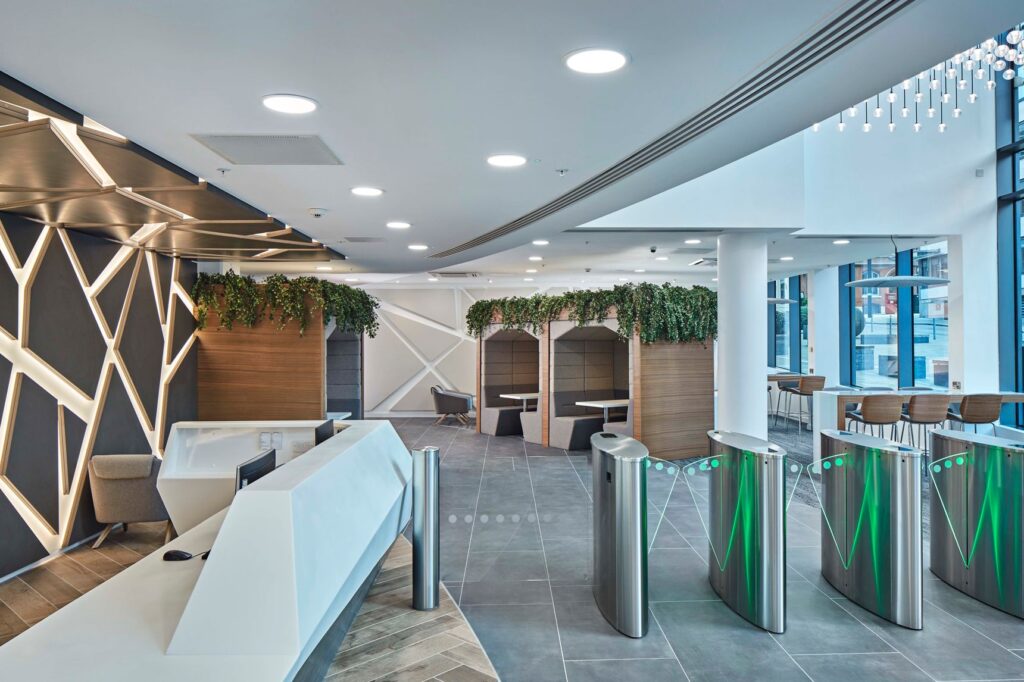
At COR3, we are always keeping a close watch on trends associated with energy, sustainability, and climate change because they have a profound impact on the future of architectural design. As our environment changes, we must adapt the buildings we create to be able to withstand a future that might be different from what we all consider “normal” today.
That is why we were intrigued to see a new usage of artificial intelligence that can help the entire building and commercial property industries learn more about energy usage. In this latest technological advance, it is helping buildings go greener.
The International Energy Agency said that keeping buildings running contributed 26 percent of global-energy related greenhouse gas emissions in 2022 (SOURCE). That number needs to decrease by 35 percent by 2030 to hit the overall goal of net-zero emissions by 2050.
So, how is that possible?
Of course, as we have written about in past posts, construction firms and developers are seeking more energy efficient practices in construction and design (LEED, etc.). It is cost effective and meets the growing requirements from building codes. Some governments are also presenting stringent energy codes (increasingly tighter) for spaces.
But the linchpin has been smart systems to efficiently manage energy use once everything is built.
The company JLL (commercial real estate) is looking to change that through AI energy systems. They have found that, in addition to the practical advantages one would expect, eco-friendly buildings can charge higher rents and are on the market for less time.
These AI energy systems install electric motors with small computers that learn from patterns to more precisely control heating and cooling. They use data points like building use, occupancy, and other elements to adjust lighting, cooling, and other energy touch points. They learn from historical patterns and daily habits to predict and power things on and off–it is truly the next step for a “smart” building.
Studies show that this kind of software and hardware can help buildings cut 20 percent or more of their yearly energy use.
At this point, refitting existing buildings with the sensors and infrastructure is too resource intensive to imagine everywhere, but it is a huge step for future construction. However, there are some lower-cost sensors for heating and cooling that can be installed after the fact without the use of an elaborate AI machination.
Ultimately, AI will certainly play a small role in helping decrease energy consumption over time, but it is the usage of sustainable building materials that will have the biggest effect at this point. Of that, we are most certainly familiar–but when it is time to consider how to incorporate AI into our designs, we will be ready for that, too.
